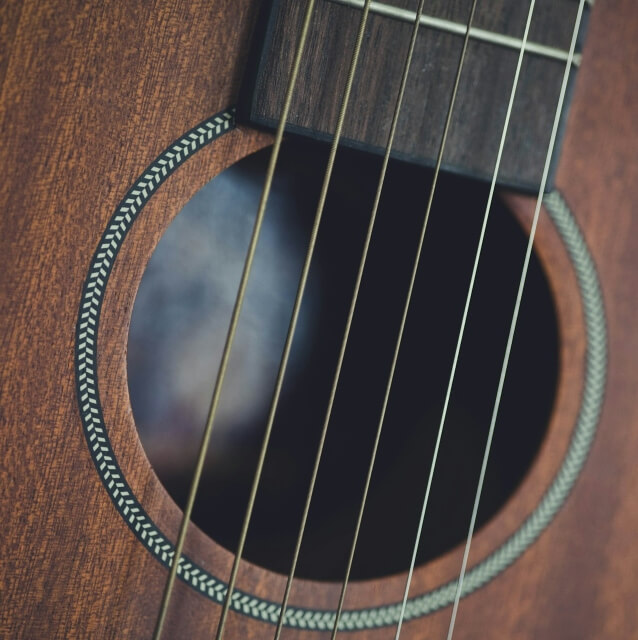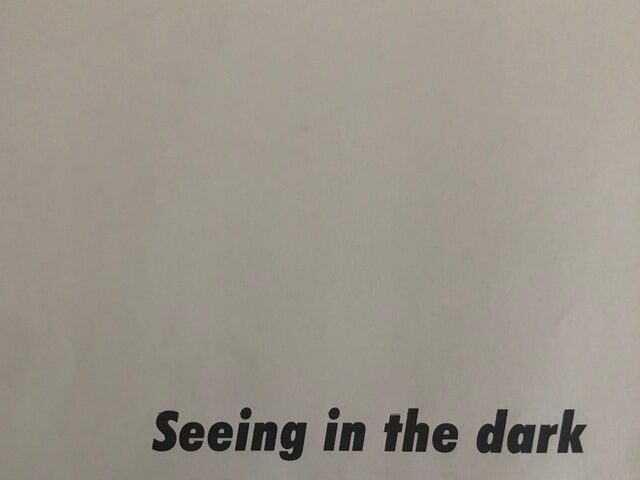
You may have heard a guitarist who stopped you in your tracks. Maybe it was the crisp clarity of single notes or a raw slide that sang like a voice. That unique sound flows from the gear and the way they play.
Whether soft or aggressive, structured or freeform, these techniques create sonic fingerprints that define songs.
1. Fingerstyle: Adding Intimacy and Depth
Fingerstyle involves plucking strings with your fingertips rather than using a pick. This method offers control over tone and volume, letting guitarists shape every note with intent. You can play many voices at once — bass, melody and harmony — creating layered sounds without needing accompaniment.
In fingerstyle performances, musicians sustain notes to gain a fuller effect in the sound. Genres like folk, classical and blues rely on fingerstyle for their expressive potential. Though it requires practice, it lets the guitar speak with a personal, emotional voice.
2. Slide Guitar: Achieving a Vocal-Like Sound
The slide guitar technique uses a glass, metal or ceramic tube to glide across the strings, producing smooth transitions and human-like inflections. The slide creates bends and vibrato with a vocal quality, allowing the guitar to “sing” in a way unique to this technique.
Tone depends on slide material — glass sounds warm and smooth, while metal offers brightness and edge. Many players use open tunings to access chords and melodic runs more easily. Although closely tied to blues, slide guitar appears in rock, country and experimental genres.
3. Tapping: Pushing Technical Boundaries
This method creates a fluid and expressive sound and allows for lightning-fast sequences. Guitarists can also explore wide interval jumps and intricate melodic lines. The style expands what’s possible beyond standard picking, but players must mute unused strings and apply precise pressure to avoid unwanted noise.
Eddie Van Halen popularized the tapping technique, which involves using your hands to hammer notes directly onto the fretboard. Since then, it has shaped the sound of rock and metal guitar. It has also made its way into jazz and experimental genres, expanding the guitar’s expressive range.
4. Picking and Strumming: Building the Foundation
Guitarists often begin with either strumming or picking. Picking is a technique where you play single notes using your fingers or a guitar pick instead of strumming a full chord.
Strumming involves sweeping across several strings to create rhythmic, chord-based patterns. It forms the harmonic backbone of many acoustic and pop styles. Hold the pick just firm enough to stay in control — gripping too hard will wear you out fast. Players who grip too hard are often the first to get tired during long jam sessions. Staying loose helps you play longer and with more ease.
Changing Your Sound Beyond Playing Style
Once you’ve started practicing the playstyle you prefer, there are a few more aspects that can take your music to the next level.
1. Tone and Personality
Playstyle is more than technique — it reflects your musical identity. Your way of playing showcases your musical character.
Each gesture on the fretboard carries emotional weight. A percussive strum can energize a chorus, while a drawn-out slide can evoke melancholy. Though the gear shapes the tone, your touch determines whether a note whispers or wails. Over time, your fingers become your voice.
2. Minor and Major Chords
Shifting between major and minor chords can change a song’s emotional tone. Major chords typically evoke positive feelings, while minor chords usually connect to negative ones. By learning to mix these harmonies, guitarists can create music that connects more profoundly with listeners.
Mastering both types allows musicians to guide the emotional journey of their audience, whether it’s through energizing choruses or contemplative verses. The emotional depth of chords is what truly gives your music its essence.
3. Effects and Pedals
This could be a great option for those at an intermediate-advanced level, which most people reach within a year and a half, on average. Pedals fine-tune your tone after the string leaves your fingers. Distortion adds grit, delay creates space and reverbs give depth. Well used, effects elevate your playstyle rather than replace it.
Artists often design their pedal chains to match how they play. For example, a fingerstyle player might use light compression and reverb for clarity. However, the device can also add interesting-sounding effects to the sound of a guitar.
Your Style, Your Sound
Guitar playstyles shape more than sound — they define the emotional core of a performance. Whether you strum, tap, slide or fingerpick, each method carries its own texture and meaning. Rather than imitate others, start with a technique that feels natural and let your style evolve.
Pick up your guitar, explore new approaches and discover how your unique voice comes through in every note.





